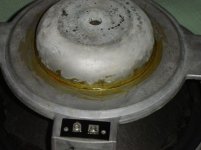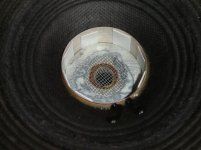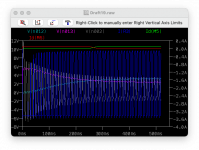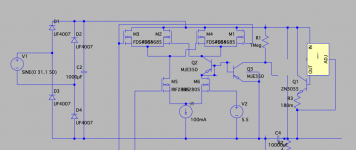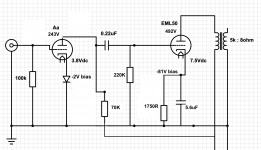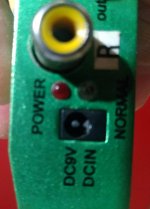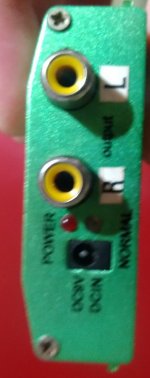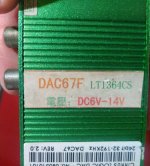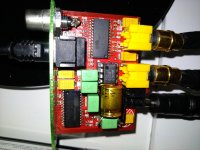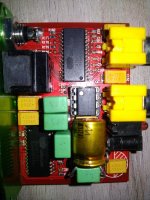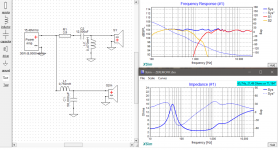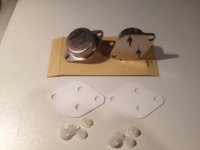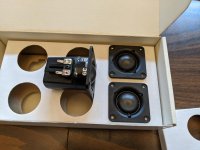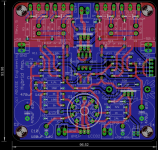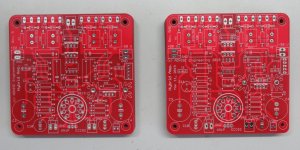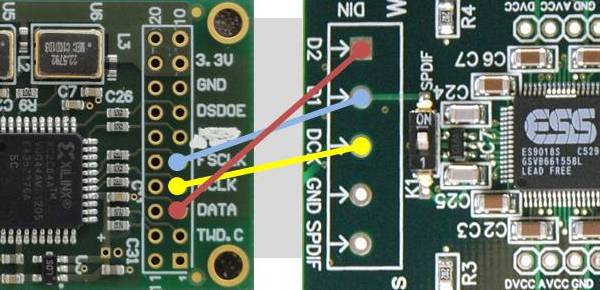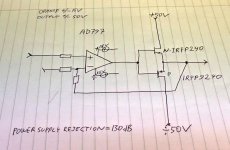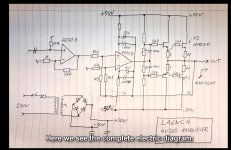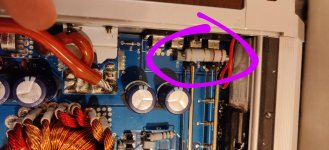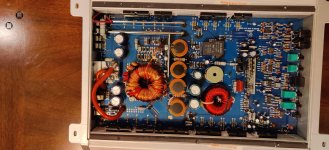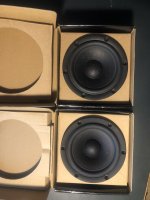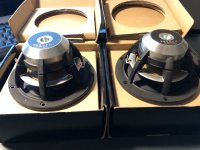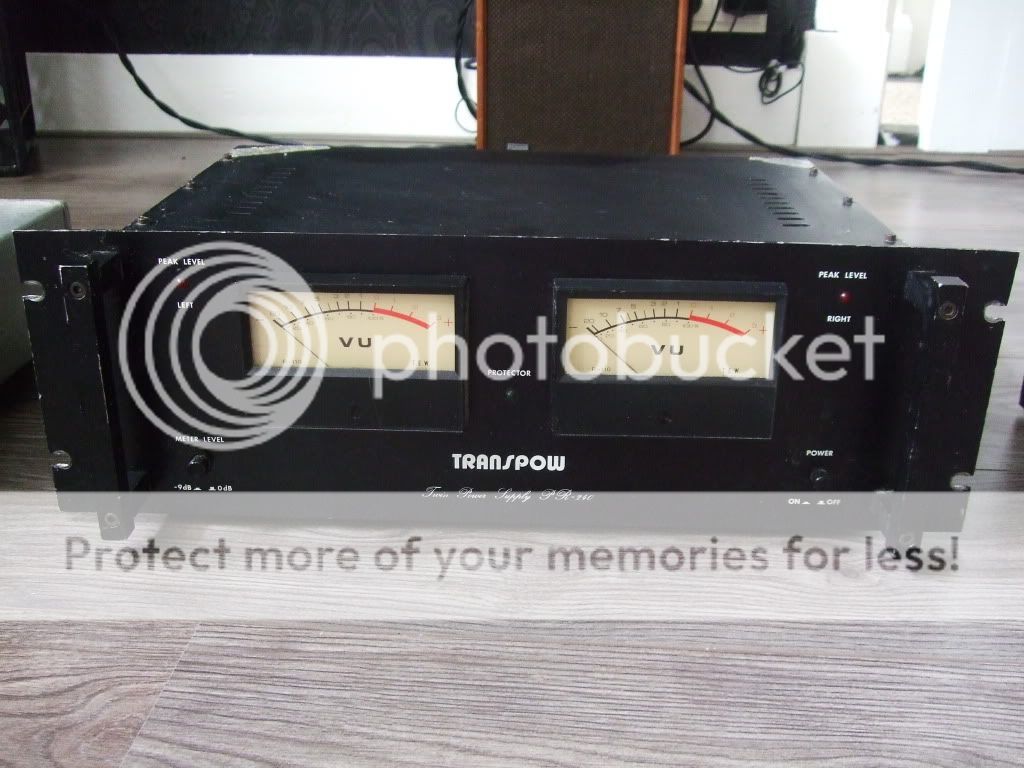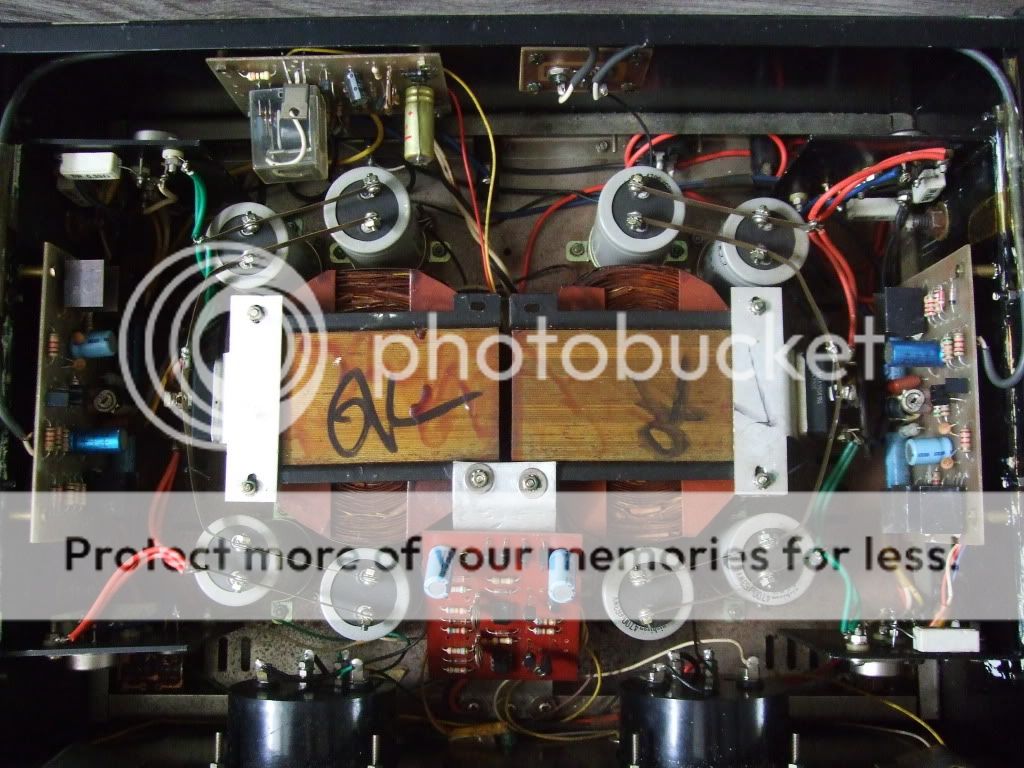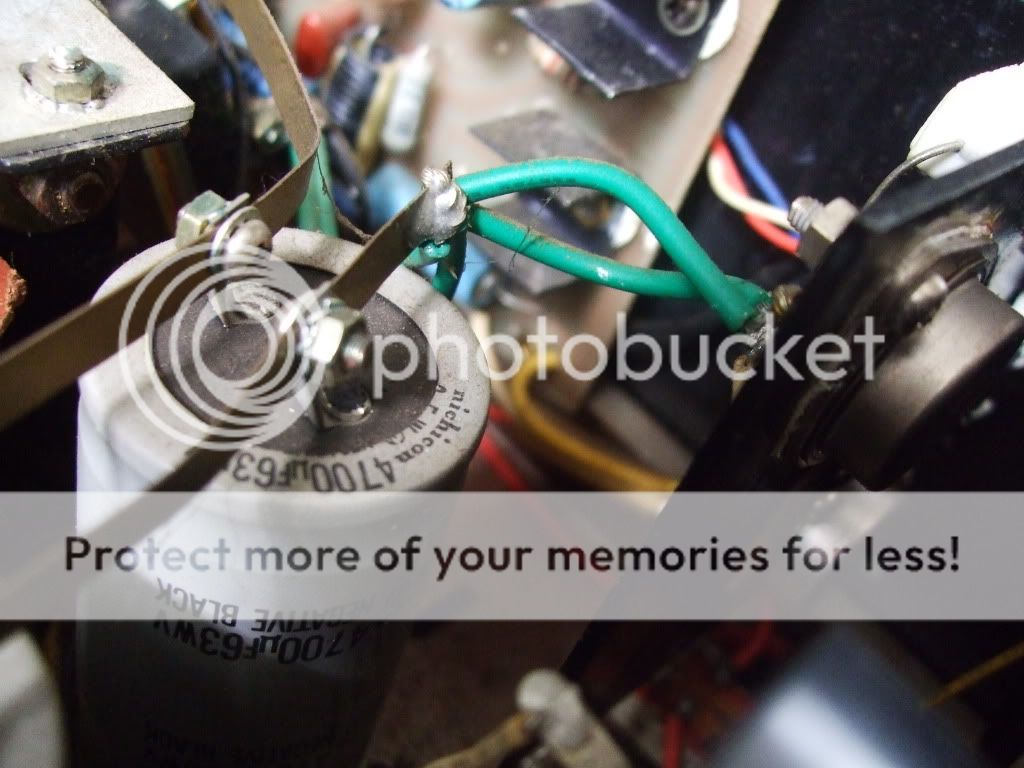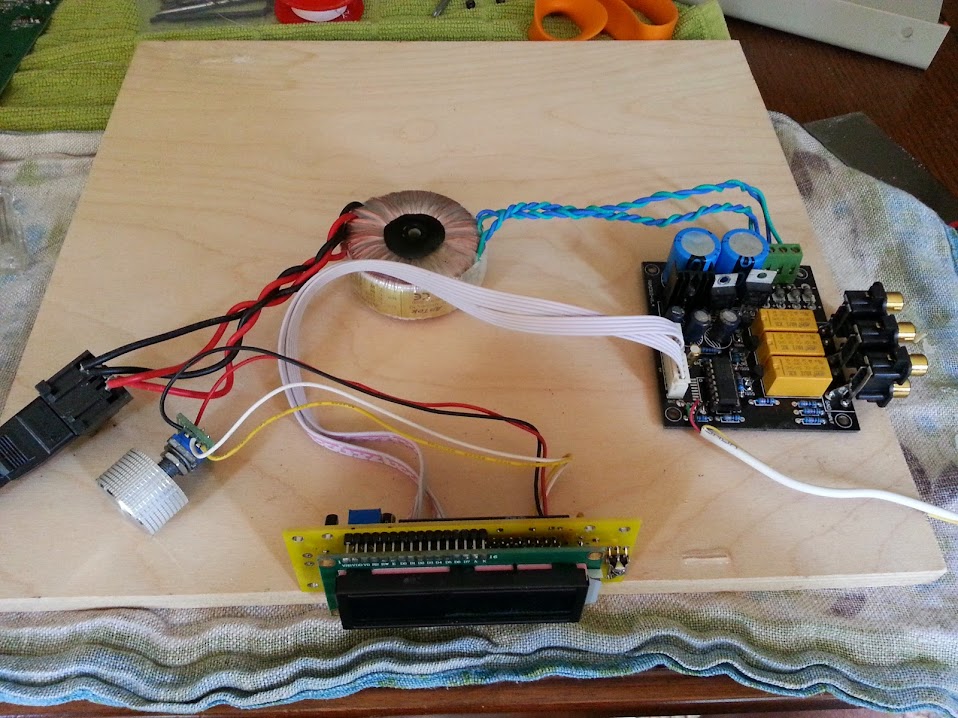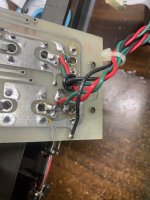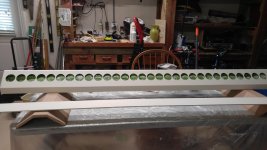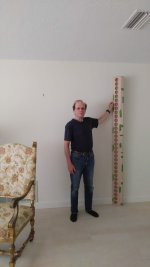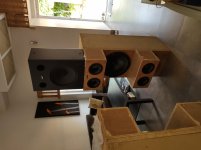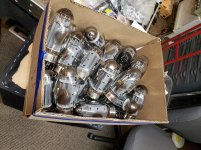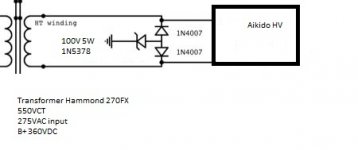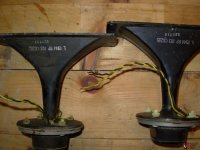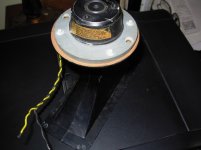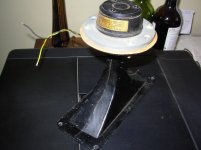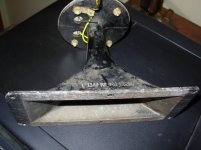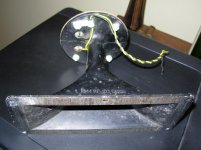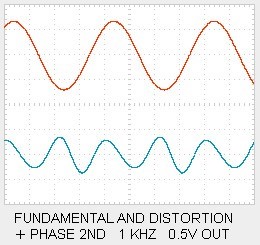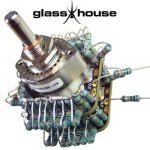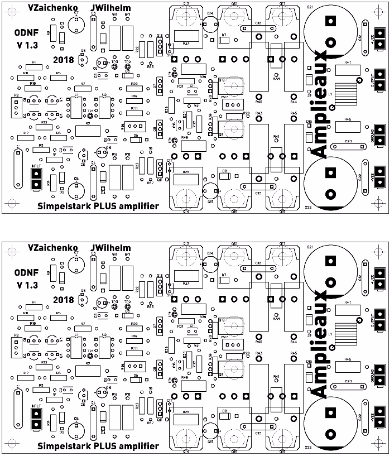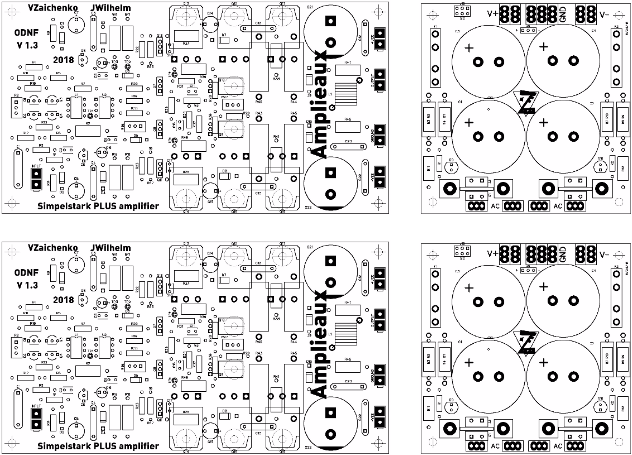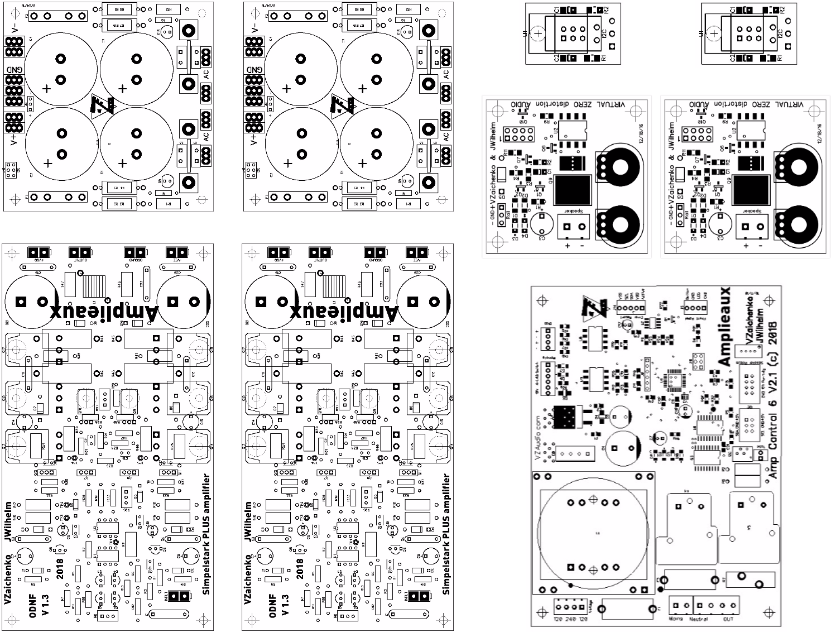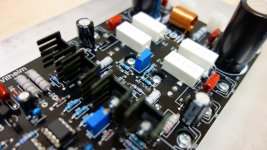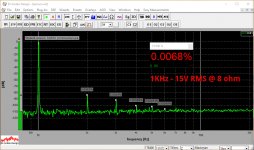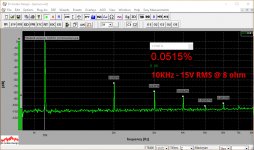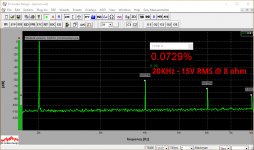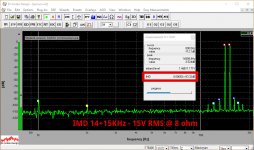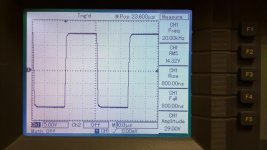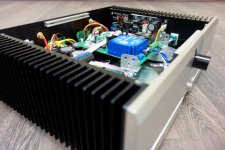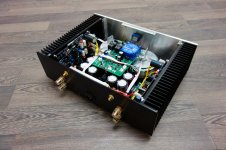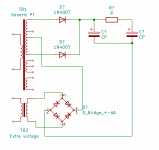"Magnet slipped" says the Expert; Surround Repair; Poor sound now
- By GeorgeBoles
- Construction Tips
- 16 Replies
Good Afternoon All,
My brother was to be the happy recipient of some hand-me-down JBL loudspeakers which I purchased in 1979 because his stereo is no longer functional, but my poor old things do not work properly any more either. As always there is a story to make things more complicated than they should be, so if you could bear with me please while I tell you what has happened.
Over the years, the drivers have needed the foam surrounds replaced several times. The most recent time (a few years ago), the chap who did the job sent them back and one of the driver cones just did not move: it was jammed out of kilter and clearly the voice coil did not move at all!
I sent it back to him (via my local hifi shop) and they were returned a few days later. I was told that the "magnet had slipped and that it had to be re-glued." Certainly, inspection revealed large amounts of what appeared to be an epoxy glue (Araldite?) joining the speaker magnet to the frame of the speaker. I used it for about one year and the surrounds "went" again, so I replaced them myself by peeling off the old surrounds, removing the dust cap, wedging the gap between coil and pole with thick paper strips, and gluing on butyl rubber surrounds I purchased from Jaycar in a "neutral" position (mid-throw as judged by the way the surround sat on the frame and by the way the spider was nice and flat). I think the result was satisfactory because the repair lasted me a year or two while I set about making my Linkwitz Orions. However, at high sound levels, something was hitting or clunking within the speaker, but the sound was not too bad and the L/R balance seemed satisfactory.
But now, it is clear that this particular driver just doesn't produce anywhere near as much sound as its mate (when listened to in free air) and in the old JBL box it sounds terribly tinny and weak. I notice that when I push just a bit off-centre with my fingers on the cone, I can hear the coil rubbing on the magnet pole.
I have taken off the dust cap again and peeled the surround from the frame again. Pushing the coil backward and forward, if I put sideways pressure on it, still reproduces the scraping sound, but when allowed to centre, there is no noise. The gap all around the coil is very small, and I cannot tell if it is a little eccentric.
1. Could the speaker repair man have done some damage/misalignment when he did the last repair?
2. Is it usual for the speaker bloke to need to re-glue the magnet onto the frame?
3. Could he have damaged it when he separated the magnet from the frame?
4. Could I have done something terrible when I had it apart last time?
5. Should I just try gluing it together making triply sure that everything is in line?
6. While I have the speaker apart, is there anything I can do to ensure that the whole thing goes back together straight or straighter than my last effort? Is my method for re-aligning the speaker coil satisfactory - thick paper strips pushed into the gap?
7. Should I give up? I don't want to because I have a sentimental attachment to these old things (they were my pride and joy for a quarter of a century) and I hate waste.
Any input would be appreciated. (One thing which surprised me is that there were not many web-sites describing how to replace the surround onesself, but that is by the way.)
With thanks and regards,
George
My brother was to be the happy recipient of some hand-me-down JBL loudspeakers which I purchased in 1979 because his stereo is no longer functional, but my poor old things do not work properly any more either. As always there is a story to make things more complicated than they should be, so if you could bear with me please while I tell you what has happened.
Over the years, the drivers have needed the foam surrounds replaced several times. The most recent time (a few years ago), the chap who did the job sent them back and one of the driver cones just did not move: it was jammed out of kilter and clearly the voice coil did not move at all!
I sent it back to him (via my local hifi shop) and they were returned a few days later. I was told that the "magnet had slipped and that it had to be re-glued." Certainly, inspection revealed large amounts of what appeared to be an epoxy glue (Araldite?) joining the speaker magnet to the frame of the speaker. I used it for about one year and the surrounds "went" again, so I replaced them myself by peeling off the old surrounds, removing the dust cap, wedging the gap between coil and pole with thick paper strips, and gluing on butyl rubber surrounds I purchased from Jaycar in a "neutral" position (mid-throw as judged by the way the surround sat on the frame and by the way the spider was nice and flat). I think the result was satisfactory because the repair lasted me a year or two while I set about making my Linkwitz Orions. However, at high sound levels, something was hitting or clunking within the speaker, but the sound was not too bad and the L/R balance seemed satisfactory.
But now, it is clear that this particular driver just doesn't produce anywhere near as much sound as its mate (when listened to in free air) and in the old JBL box it sounds terribly tinny and weak. I notice that when I push just a bit off-centre with my fingers on the cone, I can hear the coil rubbing on the magnet pole.
I have taken off the dust cap again and peeled the surround from the frame again. Pushing the coil backward and forward, if I put sideways pressure on it, still reproduces the scraping sound, but when allowed to centre, there is no noise. The gap all around the coil is very small, and I cannot tell if it is a little eccentric.
1. Could the speaker repair man have done some damage/misalignment when he did the last repair?
2. Is it usual for the speaker bloke to need to re-glue the magnet onto the frame?
3. Could he have damaged it when he separated the magnet from the frame?
4. Could I have done something terrible when I had it apart last time?
5. Should I just try gluing it together making triply sure that everything is in line?
6. While I have the speaker apart, is there anything I can do to ensure that the whole thing goes back together straight or straighter than my last effort? Is my method for re-aligning the speaker coil satisfactory - thick paper strips pushed into the gap?
7. Should I give up? I don't want to because I have a sentimental attachment to these old things (they were my pride and joy for a quarter of a century) and I hate waste.
Any input would be appreciated. (One thing which surprised me is that there were not many web-sites describing how to replace the surround onesself, but that is by the way.)
With thanks and regards,
George
